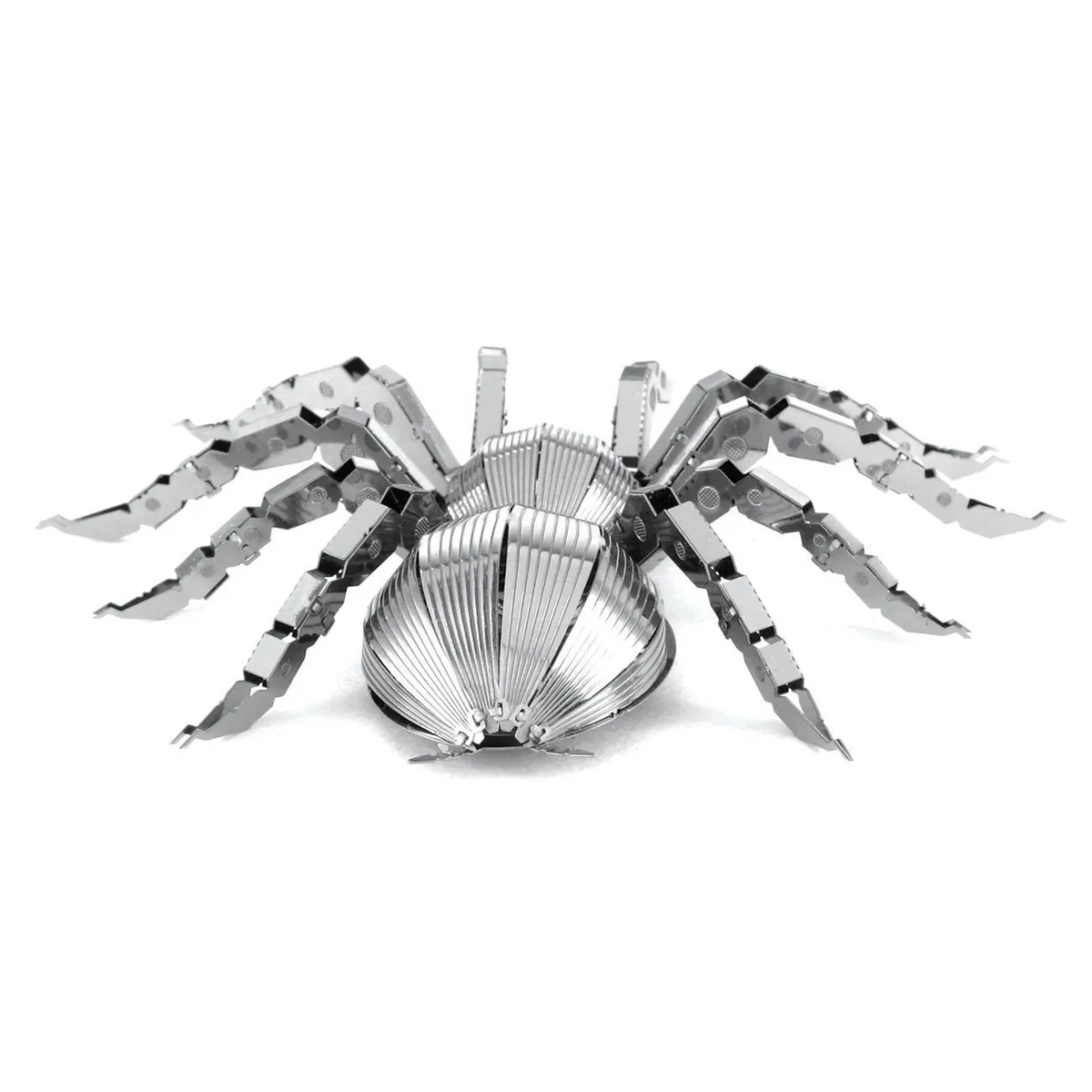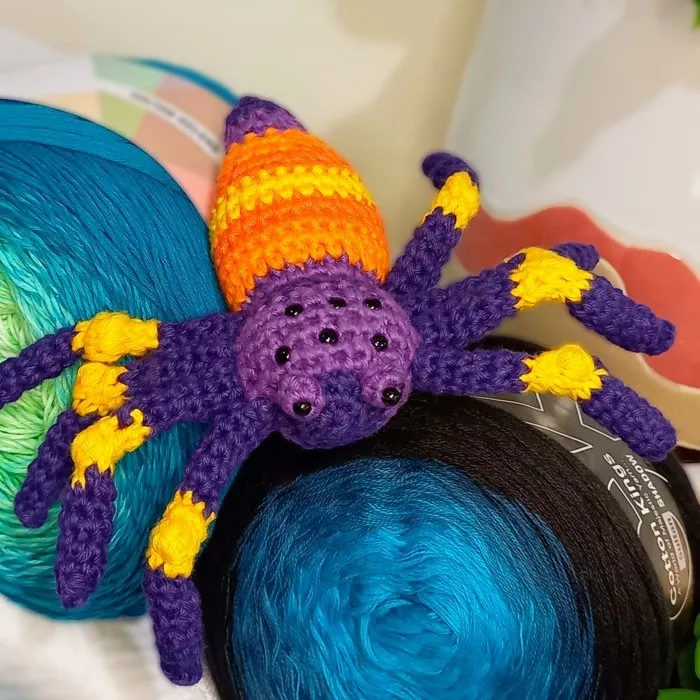The tarantula hobby is a fascinating world, attracting enthusiasts from all walks of life. Beyond their intimidating appearance, these creatures offer a unique glimpse into the natural world. From their diverse species to their fascinating behaviors, tarantulas captivate those who take the time to learn about them. This article delves into seven amazing facts about tarantula hobbyists, exploring the wonders of these eight-legged pets and the community that adores them. Prepare to be amazed by the secrets of this captivating hobby, and discover why so many people are drawn to the world of tarantulas. This world is filled with opportunities to learn and grow, and it all starts with understanding the basics.
Top 7 Amazing Facts about Tarantula Hobbyists
Fact 1 The Diversity of Tarantulas
One of the most amazing facts about tarantula hobbyists is the sheer diversity of the species they keep. Over 900 different species of tarantulas have been identified around the world, each with its unique characteristics, colors, and sizes. This diversity provides hobbyists with a vast array of options, allowing them to collect and study various types of tarantulas. Some species are known for their vibrant colors, such as the Cobalt Blue Tarantula, while others, like the Goliath Birdeater, are famous for their impressive size. This range of choices ensures that there is always something new and exciting for tarantula enthusiasts to discover and appreciate. This contributes to a constantly evolving and expanding hobby, as new species are discovered and studied.
Fact 2 Longevity Wonders

Tarantulas are renowned for their long lifespans, which is another captivating aspect for hobbyists. Female tarantulas can live for decades, often outliving the pets of their owners. Some species can live for over 20 years, while others may live even longer, providing a long-term companionship that is rare in the pet world. This longevity adds a unique dimension to the hobby, as it requires a long-term commitment and a deep understanding of tarantula care. Hobbyists must be prepared to provide consistent care over many years, witnessing their tarantulas grow, molt, and mature. The long lifespan also allows for a deeper appreciation of the tarantula’s life cycle and the fascinating behaviors they exhibit over time.
Fact 3 Tarantula Venom and its Effects
While tarantulas are venomous, their venom is generally not considered dangerous to humans. The effects of a tarantula bite are often compared to a bee sting, causing localized pain, redness, and swelling. However, it is crucial to understand that reactions can vary from person to person. Hobbyists must handle their tarantulas with care and avoid provoking them. Most tarantula bites occur when the spider feels threatened or is mishandled. The venom is primarily used for subduing prey, and it is not typically a significant threat to humans. Education about tarantula venom and the importance of responsible handling is a critical aspect of the tarantula hobby.
Fact 4 Tarantula Behavior
Tarantulas display a variety of intriguing behaviors that fascinate hobbyists. From the way they construct their burrows to how they hunt and molt, each behavior provides insight into their lives. Hobbyists spend hours observing their tarantulas, learning about their specific needs and personalities. Molting is a particularly captivating process where the tarantula sheds its exoskeleton to grow. During this time, they are vulnerable and require special care. Their hunting behaviors also vary widely, with some species ambushing their prey and others actively pursuing it. By observing these behaviors, hobbyists develop a deeper understanding and appreciation for their tarantulas. Each species has its own unique set of behavioral traits that are interesting.
Fact 5 The Appeal of Tarantula Hobbyists

The appeal of tarantula hobbyists often lies in the unique nature of these creatures. Unlike many other pets, tarantulas require a different kind of care and understanding. They offer a low-maintenance yet rewarding experience for those who appreciate their fascinating biology and behaviors. The tranquility of observing these creatures, the lack of demanding interactions, and the educational opportunities make the hobby attractive to many. It provides a sense of connection to nature, offering a calming hobby that is both educational and visually engaging. The hobby also fosters a sense of community among enthusiasts, who often share knowledge and experiences. The tarantula hobby provides a unique blend of science, art, and personal enjoyment.
Fact 6 Environmental Impact
The tarantula hobby also presents an opportunity for environmental awareness and responsible practices. Many hobbyists are committed to conservation efforts, supporting captive breeding programs to reduce the demand for wild-caught tarantulas. They actively work to educate others about habitat preservation and the importance of biodiversity. Responsible hobbyists understand the need to source their tarantulas ethically, ensuring that they are healthy and sustainably obtained. They also promote proper care and handling techniques to protect the well-being of their pets. By being involved in this hobby, many people are also more aware of the importance of habitat preservation for other species as well.
Fact 7 Responsible Hobbyist Practices
Responsible tarantula hobbyists prioritize the welfare of their pets. They focus on providing appropriate enclosures, maintaining proper temperature and humidity levels, and offering a balanced diet. They are also diligent in researching the specific needs of each species they keep. This includes understanding their natural habitats and behaviors. Furthermore, responsible hobbyists avoid overpopulating their collections. They ensure that each tarantula has adequate space and resources to thrive. They also participate in the hobby by networking within communities, sharing knowledge, and educating others about responsible pet ownership. They contribute to the overall well-being of the tarantula hobby and the animals themselves.
Tarantula Hobbyist: Frequently Asked Questions

What is the lifespan of a tarantula?
The lifespan of a tarantula varies depending on the species and sex. Female tarantulas typically live much longer than males. Females can live for 15-30 years or more, while males often live for only 3-10 years. Several factors, such as diet, environment, and genetics can also influence how long a tarantula lives. When keeping a tarantula as a pet, understanding this fact is essential for long-term commitment. This will allow you to prepare for the commitment to care for the tarantula for a long time.
Are tarantulas dangerous to keep?
Tarantulas are not generally considered dangerous to keep if handled properly. While they possess venom, it is typically mild to humans and similar to a bee sting. The main risks come from the tarantula’s defensive behaviors, like biting and flicking urticating hairs (which can cause skin irritation). Proper research, understanding the tarantula’s temperament, and using appropriate handling techniques are essential to minimize any risk. The right setup can also help, and the correct environment will minimize the possibility of bites as well. Keeping a safe distance and not provoking the tarantula reduces the chances of any harm.
How do I start a tarantula hobby?

Starting a tarantula hobby involves careful planning and research. Start by researching different tarantula species to find one that suits your experience level. Beginners often start with less aggressive and easier-to-care-for species. Next, set up a suitable enclosure with appropriate substrate, hides, and a water dish. Maintain the correct temperature and humidity levels for your chosen species. Source your tarantula from a reputable breeder or pet store. Finally, learn about feeding, handling, and general care. Always remember to prioritize your safety and the tarantula’s well-being. Careful planning is key.
What do tarantulas eat?
Tarantulas are primarily insectivores, meaning they eat insects. The diet of a tarantula typically consists of crickets, mealworms, roaches, and other readily available insects. The size of the insects should be appropriate for the size of the tarantula. Always make sure the insects are free from pesticides. Some larger tarantulas may also eat small vertebrates like pinky mice or small lizards. Provide fresh water in a shallow dish at all times. Regular feeding and a balanced diet contribute to a healthy tarantula and a thriving hobby.
What is the best enclosure setup?
The best enclosure setup for a tarantula depends on the species. Generally, it should be large enough for the tarantula to move around comfortably, with secure ventilation. The enclosure should have a substrate, such as coconut fiber or peat moss, to provide burrowing opportunities. Add a hide, like a piece of cork bark or a plastic cave, for the tarantula to retreat to. A water dish should always be available, providing a source of fresh water. The enclosure should maintain the correct temperature and humidity levels, which vary depending on the tarantula species. Consider the need for a secure lid to prevent escape and prevent any hazard from the environment.
In conclusion, the tarantula hobby is far more than just a niche interest; it is a fascinating journey into the world of arachnids, attracting enthusiasts with its unique challenges and rewards. Understanding the amazing facts about tarantula hobbyists enriches the experience, fostering a deeper appreciation for these creatures and the community that supports them. From the incredible diversity of species to the environmental awareness promoted by responsible hobbyists, the tarantula hobby offers something for everyone. The tarantula hobby combines the thrill of a unique pet, the enjoyment of scientific study, and the fulfillment of responsible pet ownership. Embracing the knowledge, practices, and community surrounding tarantulas promises a rewarding and enriching experience for all who engage with this exceptional hobby.
